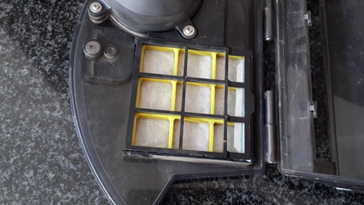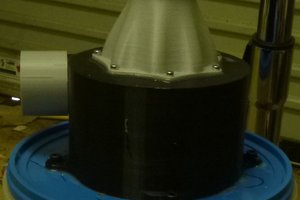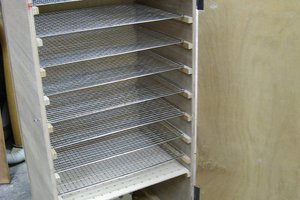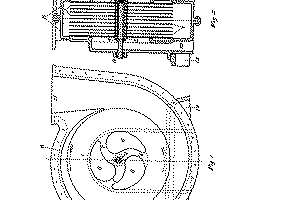It is a truth universally acknowledged, that every single gadget in the possession of this household must be in want of a consumable item costing a good fortune. For that we probably have to thank King Camp Gillette, with his razor-razorblade business model, which is also popular with inkjet printer manufacturers. The big money is in the repeat business of supplying consumables.
And who names their child “King Camp” anyway?
But we digress. The subject of today’s diatribe is vacuum cleaners.
Mr Gillette’s insidious business practices have ostensibly infiltrated this industry too. Our Bosch vacuum cleaner used a myriad of techniques and filters to purify the air it processes, culminating in an actual HEPA filter for final cleansing. All very civilized, until you need to replace one or more of these filters. Either you cough up a fortune, or you learn that you cannot find that exact filter anywhere. You can find other Bosch filters, but not the one you need, because your machine is several years old. Gradually it becomes clear that the intent is not any more to gouge you for a small fortune, but to make you buy an entire new vacuum cleaner, for an even less small fortune.
Which I eventually did, of course. But most definitely not a Bosch, to foster the illusion that I am an independent agent with free will. The new machine is a brute – a crude Hoover canister – with a multi-layer cloth bag filter which is not only fully washable, but, more importantly, I feel confident that I and my trusty Bernina would be able to recreate a reasonable facsimile of this bag if and when the time comes.
These tribulations and attendant tirades did not go unnoticed. As a result, last Christmas Stoffel joined the household, courtesy of our generous progeny. Stoffel (the name can roughly be translated as 'Dustin') is a robotic vacuum cleaner, and he has brought us much joy with his tireless rummaging throughout the house, fossicking under the sofas, bumbling his way back to his charging station, and occasionally trying to strangle himself with a loose cellphone charger, all in a patient and good-natured way.

Stoffel improved our quality of life. We were very glad to have met him. In turn we have tried to give him a loving home, for Stoffel, it turns out, is an orphan. Nowhere can we find out who made him, which of course means we cannot find spare parts either. And so – you guessed it – we are back to the perennial filter crisis.


Stoffel uses a pleated paper filter measuring 80mm x 80mm (8mm thick), and nowhere on the world wide web can your humble correspondent find such an animal. In the box there was one spare filter - the first one is getting rather tired by now, despite regular cleaning using compressed air. The manual booklet also offers no clues: it simply calls Stoffel a Robovac, without any additional information regarding his origins, support infrastructure, or supply chain.
Luckily realizing in time that a replacement might be hard or impossible to find, I held off on putting the second filter into use. Instead, I printed a frame to hold down one of the currently ubiquitous disposable face masks in lieu of a filter, based on the following three premises:
- face masks are likely to remain plentiful for the foreseeable future
- face masks are supposed to stop all kinds of microscopic unpleasantness
- if humans are supposed to be able to breathe through these masks, then maybe Stoffel can too.


A test run confirmed that the mask filter indeed traps a gratifying amount of apparently superfine dust, in addition to the normal macroscopic debris which mysteriously appear throughout the house on a daily basis.
My primary concern was premise (3) though. How much does and should the filter restrict airflow? To test it I designed and printed a filter holder which attaches to a (full-sized) vacuum cleaner, to wit the Bosch bewailed above. The adaptor part,...
Read more »
 Nelson Phillips
Nelson Phillips
 Chuck Glasser
Chuck Glasser
 shlonkin
shlonkin
A very entertaining read!